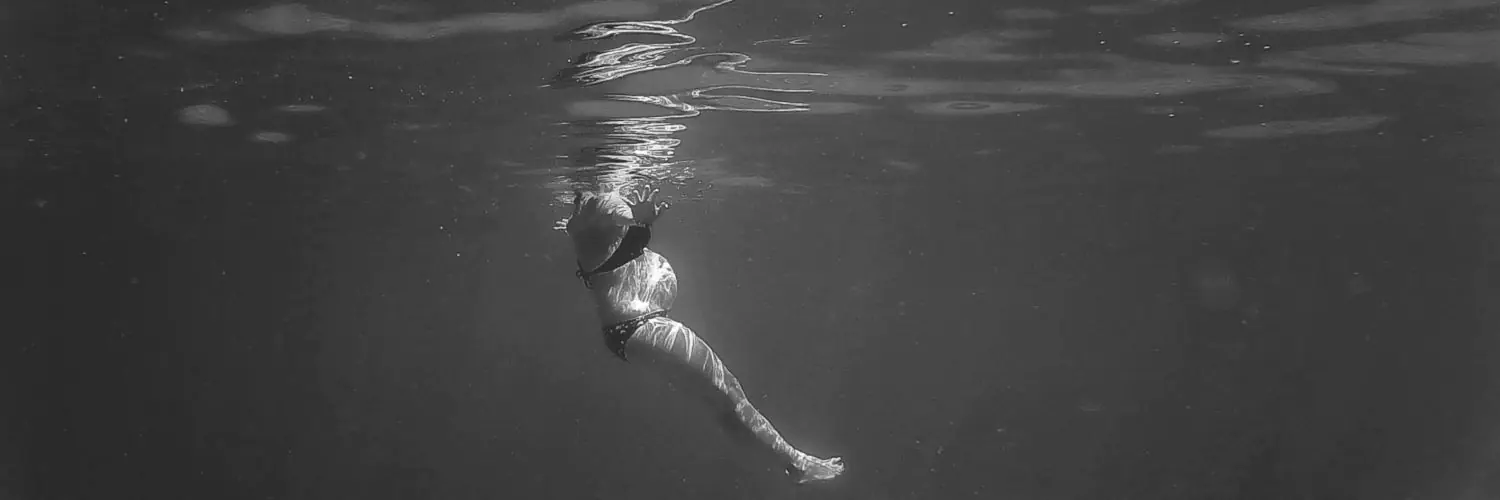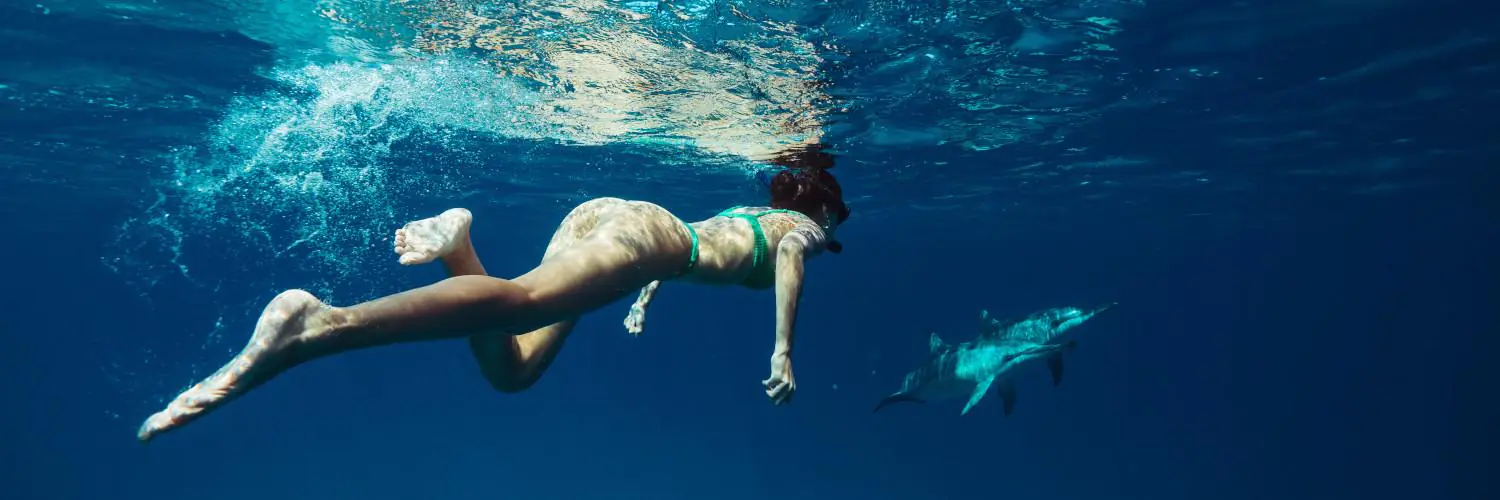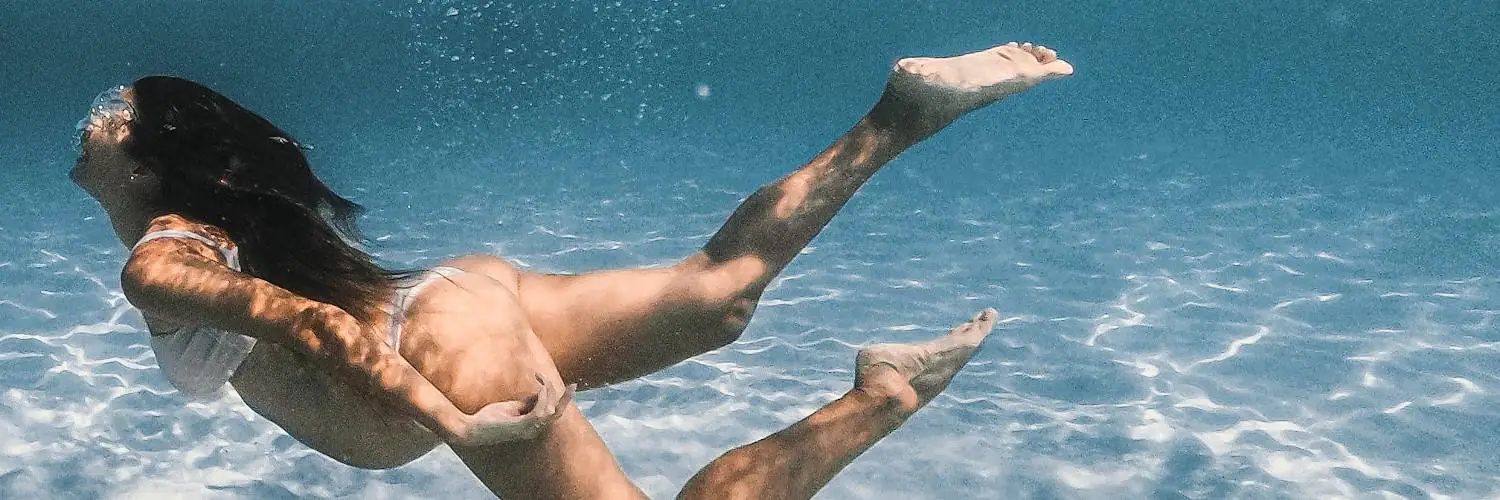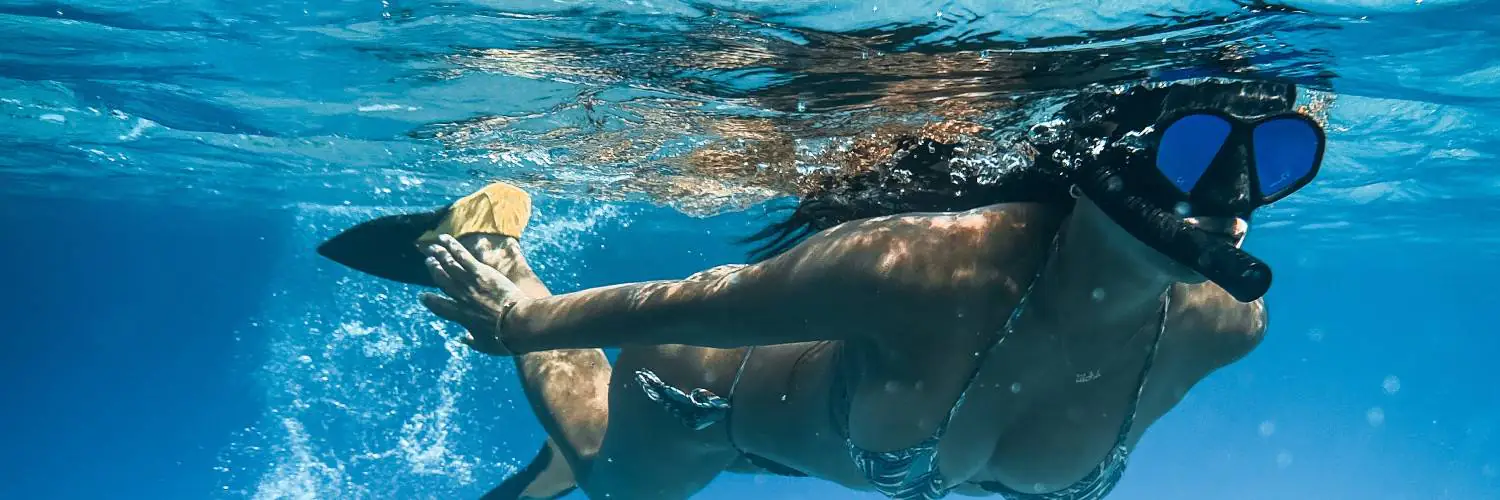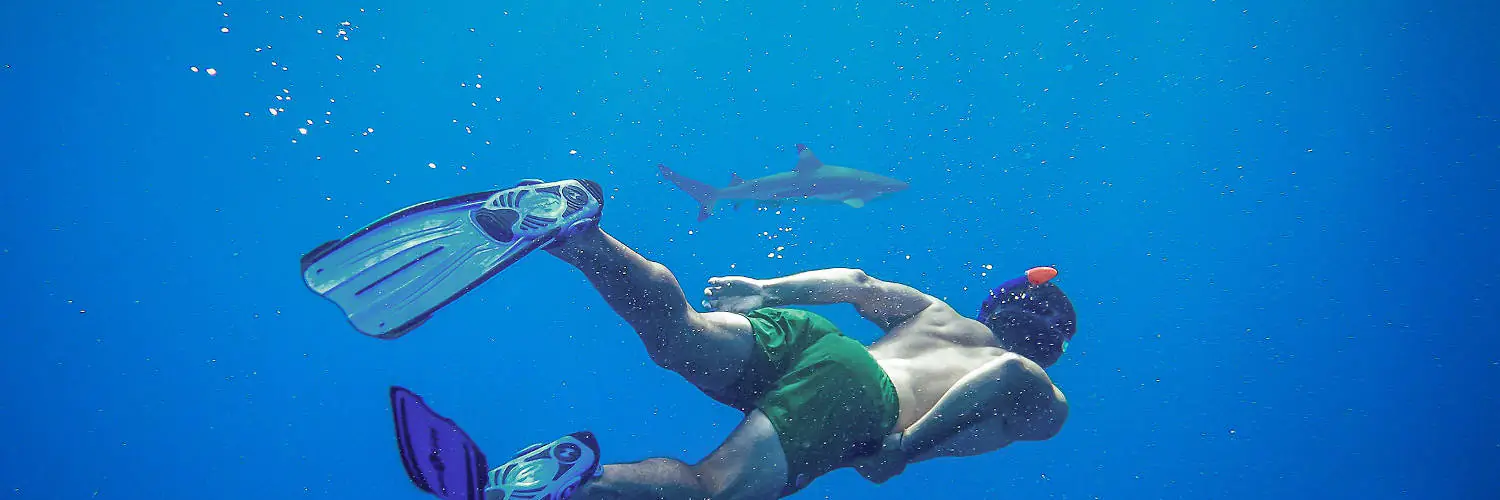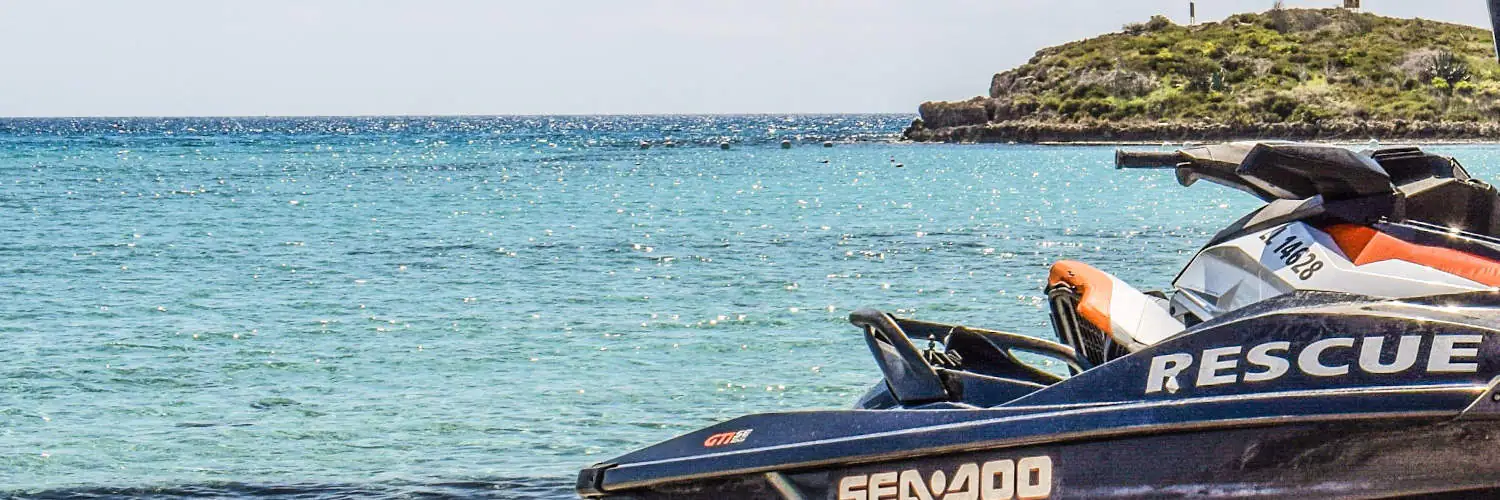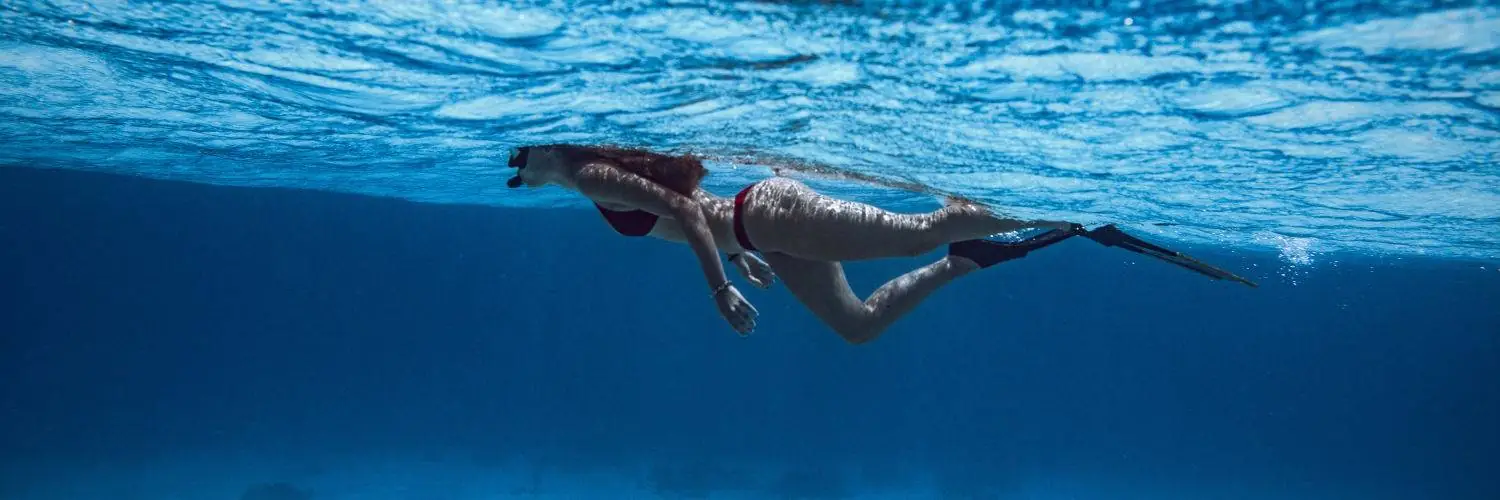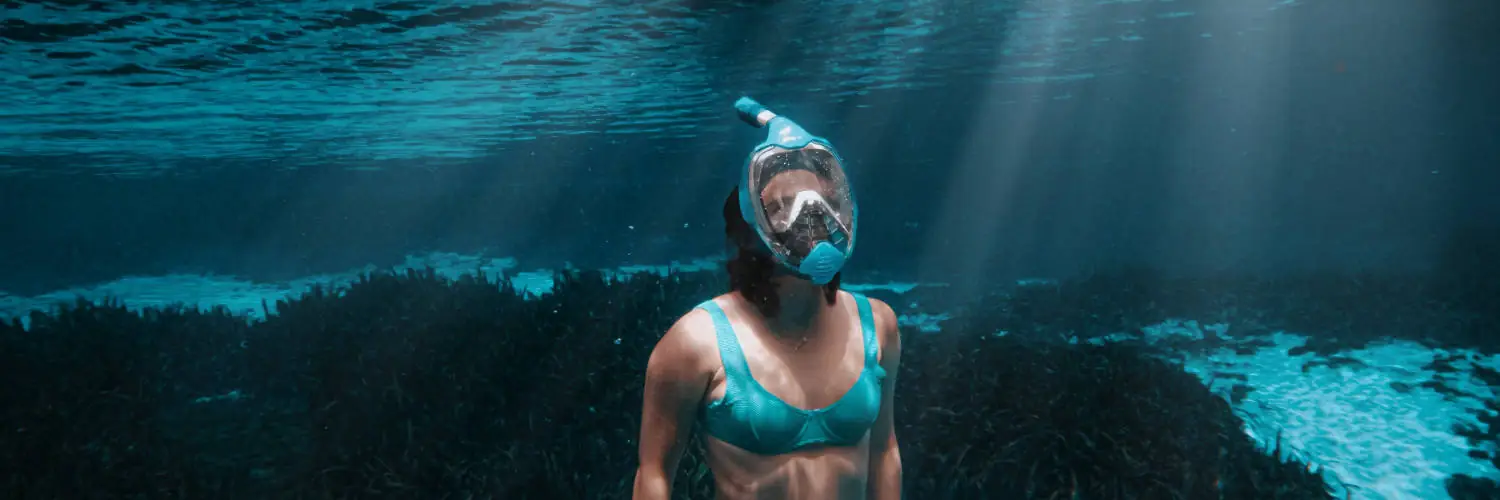Snorkeling enthusiasts often seek to enhance their underwater experience by investing in the right gear, and a snorkeling hood can be a key piece of equipment. A snorkeling hood is designed to protect the head from the cold by retaining warmth, much like a traditional wetsuit does for the body, and is typically made from neoprene. These hoods are available in varying thicknesses, usually ranging from 3MM to 5MM, with options to suit different water temperatures and personal comfort preferences.
In addition to thermal protection, snorkeling hoods offer other benefits such as sun protection and hair management, which can be invaluable during extended periods in the water. The material and design of the hoods aim to minimize the need for sunscreen, which can be harmful to marine ecosystems, by providing a physical barrier against UV rays. They also help in containing hair and preventing it from obstructing the mask seal or getting entangled, which can be bothersome during snorkeling.
Moreover, the incorporation of features such as bibs extend the coverage and improve the seal between the hood and the wetsuit, ensuring minimal water entry and maximum warmth retention. Whether snorkeling in tropical waters or cooler climates, a snug-fitting snorkeling hood can significantly improve comfort and safety, allowing for a longer and more enjoyable underwater adventure.
Table of Contents
Understanding Snorkeling Hoods
Snorkeling hoods offer both protection and comfort to the snorkeler. They are specifically designed to guard against environmental elements while ensuring a snug fit.
Material Choices
When selecting a snorkeling hood, material is a crucial factor. The most common material used is neoprene, chosen for its insulation qualities and flexibility. Neoprene hoods come in varying thicknesses, typically ranging from 1mm to 7mm, to accommodate different water temperatures. A thicker hood provides better thermal protection, while a thinner hood offers more flexibility and comfort in warmer waters.
- 1mm – 3mm: Ideal for warm water conditions
- 5mm – 7mm: Suitable for cooler water temperatures
Hood Types and Designs
Snorkeling hoods vary in design to cater to different preferences and functional requirements. Some hoods feature extended collars that can be tucked into wetsuits for additional sealing, while others have shorter necks for ease of movement. Integrated vent systems are also commonly implemented to allow trapped air to escape and prevent ballooning.
Notable Designs:
- Extended Neoprene Collar
- Short Neck Design
- Integrated Vent System
Neoprene Qualities
The quality of neoprene used in snorkeling hoods impacts their durability and performance. High-grade neoprene is more flexible, making it comfortable to wear over long periods and easier to put on and take off. The fit of the hood is paramount; a properly fitted hood greatly reduces water entry and retains warmth more effectively.
- Flexibility: High-grade neoprene for extended wear
- Fit: Snug to minimize water inflow and maximize warmth
Snorkeling Hood Features
A snorkeling hood must ensure a snug fit, provide adequate thermal and UV protection, and enhance overall comfort in the water. Specific features are essential to maximize benefits and safety during snorkeling activities.
Fit and Comfort
The fit of a snorkeling hood is critical for comfort and functionality. It should conform closely to the head without being overly tight, which can cause discomfort during prolonged use. A proper fitting hood will also prevent water from entering and will maintain a full range of motion for the neck.
- Materials: Commonly made from stretchable neoprene, the material offers flexibility and a contoured fit.
- Sizes: Available in multiple sizes to accommodate different head shapes and sizes.
Thermal Protection
Thermal protection is another vital aspect of a snorkeling hood’s design. It helps maintain body temperature in varying water conditions, allowing snorkelers to enjoy longer sessions.
- Thickness: Neoprene thickness can range, typically between 3MM and 5MM, offering varying degrees of insulation.
- Coverage: Hoods cover the head and neck, and some extend to cover the shoulders for additional warmth.
Sun Protection
Snorkeling hoods offer sun protection to the head, ears, and neck, areas that are highly exposed to UV radiation and susceptible to sunburn.
- UV Protection: Quality snorkeling hoods come with ultraviolet protection factor (UPF) to rate their effectiveness against sun exposure.
- Design: Aside from UPF, some hoods feature visors or brims to shield the face from direct sunlight.
Snorkeling Gear and Accessories
Selecting the correct snorkeling gear is pivotal for a satisfactory and secure underwater experience. The mask and snorkel are foundational accessories that must be chosen with care, alongside considerations for ancillary equipment such as fins and dive hoods.
Choosing the Right Mask
A snorkeling mask must ensure a proper fit and provide a wide field of view. To test a mask, one should:
- Fit the mask to their face without the strap, ensuring that no hair is under the skirt.
- Inhale through the nose to ascertain if the mask seals well.
- The mask should stay in place without ongoing inhalation if the seal is good.
Individuals should look for masks with silicone skirts for comfort and durability, and consider features such as anti-fogging technology and built-in corrective lenses if required.
Essential Snorkeling Equipment
Apart from the mask, the snorkeling setup comprises several other components:
- Snorkels: Should have features like a dry top, which prevents water from entering, and a comfortable mouthpiece. A snorkel’s design should minimize drag and facilitate ease of breathing.
- Fins: Critical for efficient swimming, snorkeling fins come in various styles. Full-foot fins are ideal for warm waters, while open-heel fins allow for usage with booties in cooler environments.
- Dive Hood: A neoprene hood can be vital for thermal protection in cooler waters and should be selected based on thickness, ranging from 3MM to 5MM, according to water temperature.
- Accessories: To enhance the snorkeling experience, additional accessories such as snorkel keepers, optical quality glass lens kits, and comfortable silicone mouthpieces can be considered.
Choosing the right equipment is essential for safety and comfort in snorkeling. Each piece of gear should be carefully selected to match the snorkeler’s personal needs, fit, and the conditions they’ll be exploring.
Protecting Against Environmental Factors
When snorkeling, it’s crucial to shield oneself from the sun’s harmful rays and to minimize impact on marine ecosystems. The following subsections outline how to achieve both safety and environmental conservation.
Safety and Visibility
For snorkelers, being easily seen by others is essential for safety. A snorkeling hood serves dual purposes: it protects the head and neck from sun damage and, when in a high-visibility color such as fluorescent yellow or orange, increases the chance of being seen by boaters and fellow snorkelers.
- High-Visibility Features:
- Fluorescent colors
- Reflective strips
The protection against sun damage is significant, as the skin on the head and neck is susceptible to UV radiation. Choosing a snorkeling hood with a UPF (Ultraviolet Protection Factor) rating reduces exposure and risk of sunburn.
- UPF-Rated Materials:
- UFP 50+ fabric
- Specially treated textiles
Eco-Friendly Practices
Responsible snorkelers prioritize the health of coral reefs and the overall environment. The use of traditional sunscreens, often containing chemicals like oxybenzone and octinoxate, has been linked to coral bleaching. Reef-safe sunscreen is a vital alternative, made without these harmful substances and better for aquatic life.
- Characteristics of Reef-Safe Sunscreen:
- Oxybenzone-free
- Biodegradable formulation
When it comes to protecting the underwater environment, maintaining a safe distance from coral reefs to avoid physical damage is as important as the products used on the skin. Careful attention should be paid to avoiding contact with delicate coral structures or stirring up sediment, which can smother reefs.
- Practices for Coral Preservation:
- Maintain buoyancy and control fin movements
- Select coral-friendly entry and exit points
Selecting Apparel for Different Conditions
When snorkeling, it’s critical to choose the right clothing for the temperature of the water and to ensure adequate protection from the sun’s harmful rays. Choices should not only provide comfort, but also enhance safety during the activity.
Clothing for Warm and Cold Waters
Warm Water: For snorkeling in warm water conditions, which typically involve water temperatures above 70°F, a swimmer may opt for minimal coverage with a rash guard and leggings. Rash guards are designed to prevent abrasions from marine life and rough surfaces, while also offering a certain level of heat retention.
- Rash Guard Features:
- Material: Quick-drying synthetic fabrics.
- Fit: Should be snug to avoid drag in water.
- UPF Ratings: Preferably UPF 50+ for additional sun protection.
Cold Water: In contrast, cold water snorkeling requires more comprehensive thermal protection, which may be provided by wetsuits of varying thicknesses depending on the exact temperature.
- Wetsuit Thickness Guide:
- 65-75°F: A thin wetsuit or a shorty (1-2 mm thickness).
- Below 65°F: Full wetsuits (5-7 mm thickness) are advisable.
Thicker wetsuits are essential to maintain body heat as water temperatures drop below 40°F, but snorkeling in these conditions typically requires specialized gear and experience.
UPF Clothing and Sunscreens
UPF Clothing: Ultraviolet Protection Factor (UPF) is a rating given to clothing indicating how effectively it blocks the sun’s rays. UPF clothing is highly beneficial during snorkeling excursions, as it helps protect the skin from sun exposure while in and out of the water.
- UPF Swimsuits:
- Ratings: Look for UPF 50+ for maximum protection.
- Coverage: Long sleeves and high collars to cover the back of the neck.
Sunscreens: In addition to wearing UPF-rated clothing, snorkelers should apply a water-resistant, broad-spectrum sunscreen with an SPF of 30 or higher on all exposed skin. Sunscreens should be reapplied according to the product’s instructions, especially after extended periods in the water.
By making informed apparel choices based on the specific conditions, snorkelers can ensure they experience maximum enjoyment while minimizing health risks.

